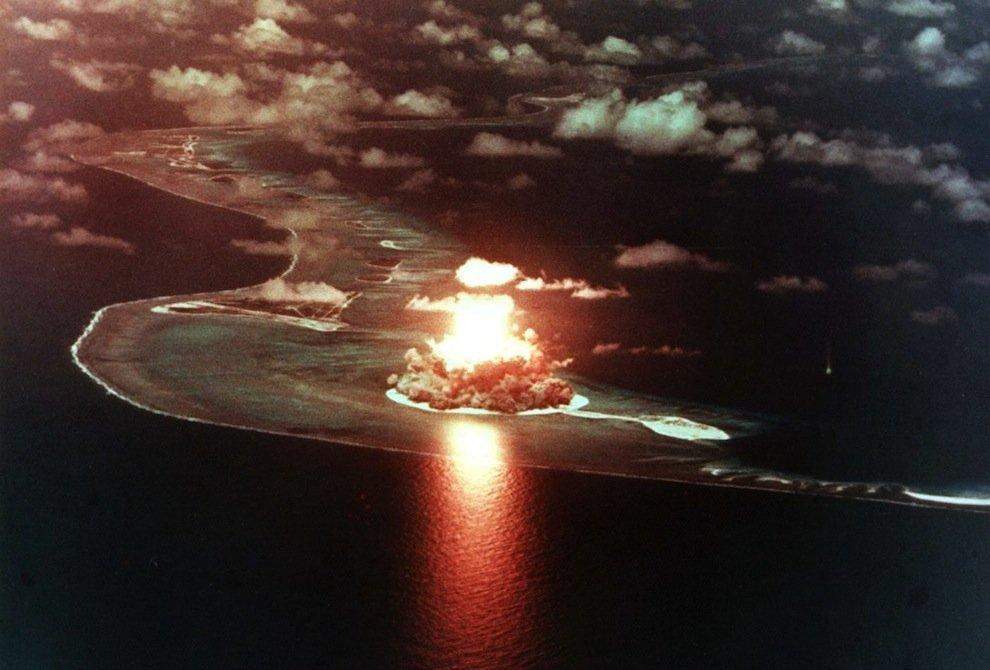

The CIC found no evidence of compromised classified materials and no incidents of sabotage. When the third and final test of Operation SANDSTONE concluded on May 14, 1948, Colonel Cibotti could report that overall security of the tests had been maintained. Finally, some of Cibotti’s agents served as couriers to escort radioactive cloud sample filters, film, and documents back to the United States during and after the tests. Colonel Cibotti’s agents confiscated all personal cameras for the duration of the tests, and they screened all personnel for photographs, film, and documents upon their departure from Eniwetok. Perhaps the biggest security threat to the project was the potential compromise of documents, photographs, and communications. They also assigned every island involved in the tests a team of guards to watch for possible reconnaissance by foreign ships, aircraft, and submarines.

During unannounced security “sweeps,” the agents checked passes and identification cards. On Eniwetok, the CIC agents required the test’s 10,366 military, civilian, and contractor personnel to attend security lectures about the rules of voluntary censorship and importance of maintaining security. Marines, traveled aboard the four major ships transporting personnel, fissionable materials, weapons components, and related equipment.

Security detachments, augmented with U.S. C., Long Beach, California, Fort Shafter, Hawaii, Kwajalein Atoll, and Eniwetok. Ultimately, Colonel Cibotti established travel control points that spanned across 7,000 miles, with personnel screenings conducted at Washington, D. Security was required long before the personnel and test components arrived at Eniwetok. Air Force control in December.Ī comprehensive counterintelligence plan was essential to SANDSTONE’s security program. The final contingent of Cibotti’s JSG was the fourteen men of the 700th CIC Detachment, which had just passed from Army to U.S. Kolb and his seventeen personnel arrived on 22 February 1948. Also under Cibotti’s command was the 369th CIC Detachment, activated at Camp Holabird specifically for Operation SANDSTONE. Colonel Cibotti took command of the JSG, the bulk of which included fifty men from his previous unit, the 401st. Given the scope of the operation’s physical security requirements, a Joint Security Group (JSG) was activated to operate under the J-2, Col. Cibotti, Jr., a 32-year-old West Point graduate who had served in the Central Pacific during the war and who most recently commanded the 401st CIC Detachment in Hawaii. In November 1947, the advance party departed Hawaii for Eniwetok.
Eniwetok atoll series#
By 1948, a new series of tests-Operation SANDSTONE-were underway at nearby Eniwetok Atoll. The AEC conducted its first postwar tests in 1946 at Bikini Atoll in the Marshall Islands. Army’s Counter Intelligence Corps (CIC) held responsibility for maintaining security during the tests.įollowing World War II, the United States continued its research and development of nuclear weapons under the auspices of the newly created civilian-led Atomic Energy Commission (AEC). On April 14, 1948, the first of three nuclear bomb tests comprising Operation SANDSTONE took place on Eniwetok (today known as Enewetak) Atoll in the Marshall Islands.


 0 kommentar(er)
0 kommentar(er)
